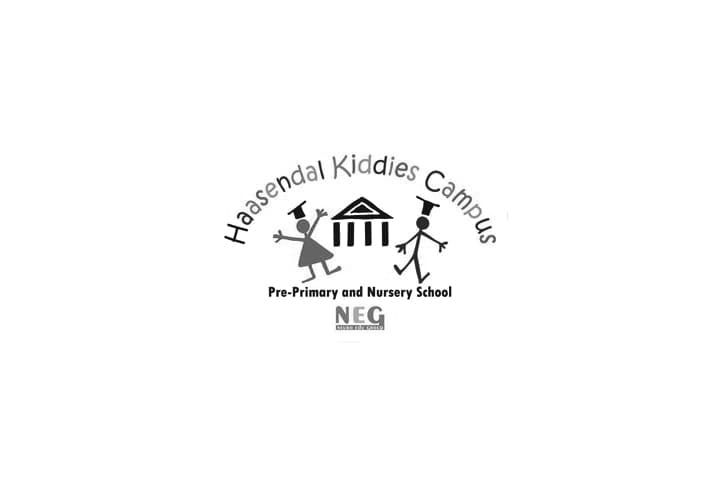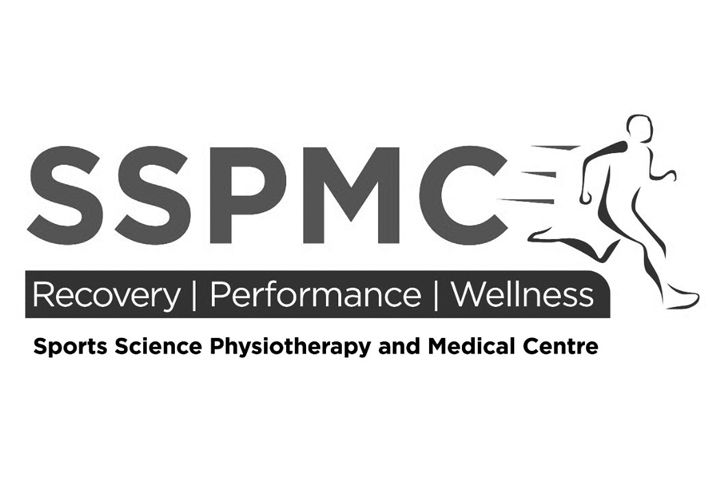Delayed Speech or Language Development
Your son is 2 years old and still isn’t talking. He says a few words, but compared with his peers you think he’s way behind. You remember that his sister could put whole sentences together at the same age. Hoping he will catch up, you postpone seeking professional advice. Some kids are early walkers and some are early talkers, you tell yourself. Nothing to worry about…
This scenario is common among parents of kids who are slow to speak. Unless they observe other areas of “slowness” during early development, parents may hesitate to seek advice. Some may excuse the lack of talking by reassuring themselves that “he’ll outgrow it” or “she’s just more interested in physical things.”
Knowing what’s “normal” and what’s not in speech and language development can help you figure out if you should be concerned or if your child is right on schedule.
Understanding Normal Speech and Language Development
It’s important to discuss early speech and language development, as well as other developmental concerns, with your doctor at every routine well-child visit. It can be difficult to tell whether a child is just immature in his or her ability to communicate or has a problem that requires professional attention.
These developmental norms may provide clues:
Before 12 Months
It’s important for kids this age to be watched for signs that they’re using their voices to relate to their environment. Cooing and babbling are early stages of speech development. As babies get older (often around 9 months), they begin to string sounds together, incorporate the different tones of speech, and say words like “mama” and “dada” (without really understanding what those words mean).
Before 12 months, children should also be attentive to sound and begin to recognize names of common objects (for example bottle, binky, etc.). Babies who watch intently but don’t react to sound may be showing signs of hearing loss.
By 12 to 15 Months
Kids this age should have a wide range of speech sounds in their babbling (like p, b, m, d, or n), begin to imitate and approximate sounds and words modeled by family members, and typically say one or more words (not including “mama” and “dada”) spontaneously. Nouns usually come first, like “baby” and “ball.” Your child should also be able to understand and follow simple one-step directions (“Please give me the toy,” for example).
From 18 to 24 Months
Though there is a lot of variability, most toddlers are saying about 20 words by 18 months and 50 or more words by the time they turn 2. By age 2, kids are starting to combine two words to make simple sentences, such as “baby crying” or “Daddy big.” A 2-year-old should also be able to identify common objects, common pictured objects, indicate body parts on self when labeled, and follow two-step commands (such as “Please pick up the toy and give it to me”).
From 2 to 3 Years
Parents often witness an “explosion” in their child’s speech. Your toddler’s vocabulary should increase (to too many words to count) and he or she should routinely combine three or more words into sentences.
Comprehension also should increase — by 3 years of age, a child should begin to understand what it means to “put it on the table” or “put it under the bed.” Your child also should begin to identify colors and comprehend descriptive concepts (big versus little, for example).
The Difference Between Speech and Language
Speech and language are often confused, but there is a distinction between the two:
- Speech is the verbal expression of language and includes articulation, which is the way sounds and words are formed.
- Language is much broader and refers to the entire system of expressing and receiving information in a way that’s meaningful. It’s understanding and being understood through communication — verbal, nonverbal, and written.
Although problems in speech and language differ, they often overlap. A child with a language problem may be able to pronounce words well but be unable to put more than two words together. Another child’s speech may be difficult to understand, but he or she may use words and phrases to express ideas. And another child may speak well but have difficulty following directions.
Warning Signs of a Possible Problem
If you’re concerned about your child’s speech and language development, there are some things to watch for.
An infant who isn’t responding to sound or who isn’t vocalizing is of particular concern. Between 12 and 24 months, reasons for concern include a child who:
- isn’t using gestures, such as pointing or waving bye-bye by 12 months
- prefers gestures over vocalizations to communicate by 18 months
- has trouble imitating sounds by 18 months
- has difficulty understanding simple verbal requests
Seek an evaluation if a child over 2 years old:
- can only imitate speech or actions and doesn’t produce words or phrases spontaneously
- says only certain sounds or words repeatedly and can’t use oral language to communicate more than his or her immediate needs
- can’t follow simple directions
- has an unusual tone of voice (such as raspy or nasal sounding)
- is more difficult to understand than expected for his or her age. Parents and regular caregivers should understand about half of a child’s speech at 2 years and about three quarters at 3 years. By 4 years old, a child should be mostly understood, even by people who don’t know the child.
Causes of Delayed Speech or Language
Many things can cause delays in speech and language development. Speech delays in an otherwise normally developing child can sometimes be caused by oral impairments, like problems with the tongue or palate (the roof of the mouth). A short frenulum (the fold beneath the tongue) can limit tongue movement for speech production.
Many kids with speech delays have oral-motor problems, meaning there’s inefficient communication in the areas of the brain responsible for speech production. The child encounters difficulty using and coordinating the lips, tongue, and jaw to produce speech sounds. Speech may be the only problem or may be accompanied by other oral-motor problems such as feeding difficulties. A speech delay may also be a part of (instead of indicate) a more “global” (or general) developmental delay.
Hearing problems are also commonly related to delayed speech, which is why a child’s hearing should be tested by an audiologist whenever there’s a speech concern. A child who has trouble hearing may have trouble articulating as well as understanding, imitating, and using language.
Ear infections, especially chronic infections, can affect hearing ability. Simple ear infections that have been adequately treated, though, should have no effect on speech.
What Speech-Language Pathologists Do
If you or your doctor suspect that your child has a problem, early evaluation by a speech-language pathologist is crucial. Of course, if there turns out to be no problem after all, an evaluation can ease your fears.
Although you can seek out a speech-language pathologist on your own, your primary care doctor can refer you to one.
In conducting an evaluation, a speech-language pathologist will look at a child’s speech and language skills within the context of total development. Besides observing your child, the speech-language pathologist will conduct standardized tests and scales, and look for milestones in speech and language development.
The speech-language pathologist will also assess:
- what your child understands (called receptive language)
- what your child can say (called expressive language)
- if your child is attempting to communicate in other ways, such as pointing, head shaking, gesturing, etc.
- sound development and clarity of speech.
- your child’s oral-motor status (how a child’s mouth, tongue, palate, etc., work together for speech as well as eating and swallowing)
If the speech-language pathologist finds that your child needs speech therapy, your involvement will be very important. You can observe therapy sessions and learn to participate in the process. The speech therapist will show you how you can work with your child at home to improve speech and language skills.
Evaluation by a speech-language pathologist may find that your expectations are simply too high. Educational materials that outline developmental stages and milestones may help you look at your child more realistically.
What Parents Can Do
Like so many other things, speech development is a mixture of nature and nurture. Genetic makeup will, in part, determine intelligence and speech and language development. However, a lot of it depends on environment. Is a child adequately stimulated at home or at childcare? Are there opportunities for communication exchange and participation? What kind of feedback does the child get?
When speech, language, hearing, or developmental problems do exist, early intervention can provide the help a child needs. And when you have a better understanding of why your child isn’t talking, you can learn ways to encourage speech development.
Here are a few general tips to use at home:
- Spend a lot of time communicating with your child, even during infancy — talk, sing, and encourage imitation of sounds and gestures.
- Read to your child, starting as early as 6 months. You don’t have to finish a whole book, but look for age-appropriate soft or board books or picture books that encourage kids to look while you name the pictures. Try starting with a classic book (such as Pat the Bunny) in which the child imitates the patting motion, or books with textures that kids can touch. Later, let your child point to recognizable pictures and try to name them. Then move on to nursery rhymes, which have rhythmic appeal. Progress to predictable books (such as Eric Carle’s Brown Bear, Brown Bear) that let kids anticipate what happens. Your little one may even start to memorize favorite stories.
- Use everyday situations to reinforce your child’s speech and language. In other words, talk your way through the day. For example, name foods at the grocery store, explain what you’re doing as you cook a meal or clean a room, point out objects around the house, and as you drive, point out sounds you hear. Ask questions and acknowledge your child’s responses (even when they’re hard to understand). Keep things simple, but never use “baby talk.”
Whatever your child’s age, recognizing and treating problems early on is the best approach to help with speech and language delays. With proper therapy and time, your child will likely be better able to communicate with you and the rest of the world.
Source: http://kidshealth.org/






